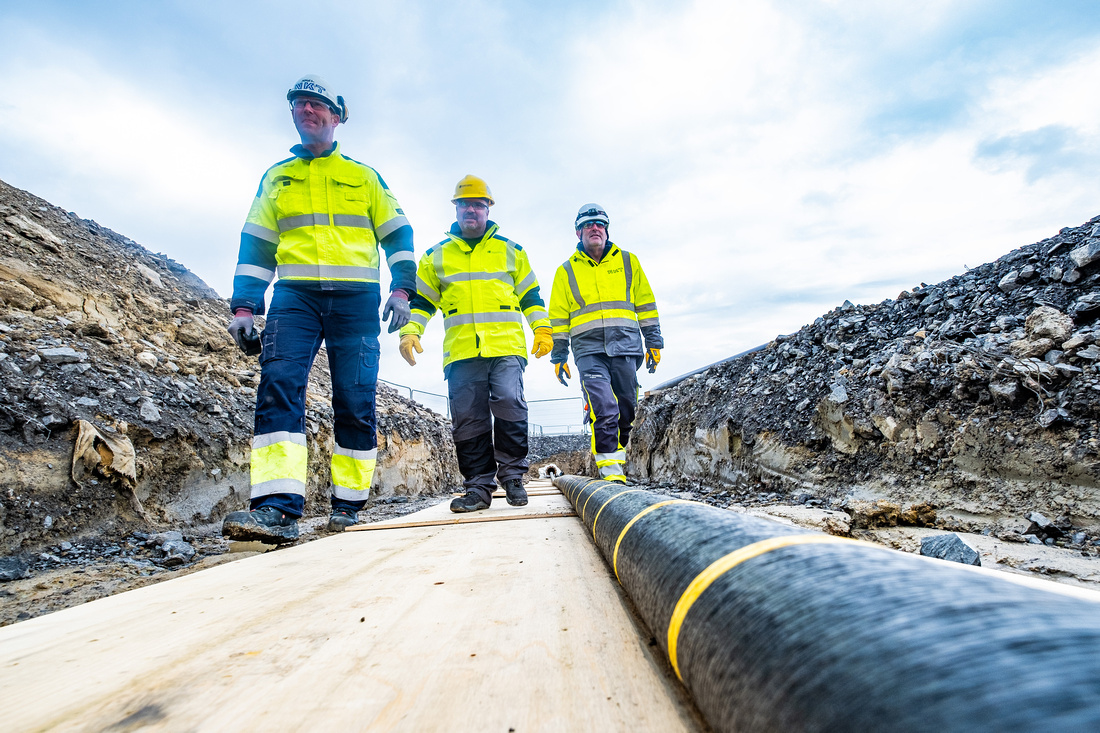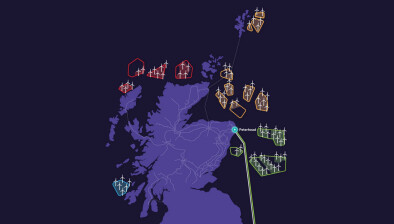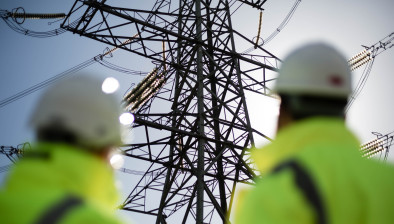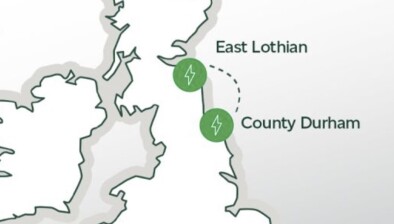Ofgem unlocks early investment for hydro electric transmission projects

Energy regulator Ofgem has approved Early Construction Funding (ECF) requests for a number of major electricity transmission projects, including eight in Scotland.
The funds will be used to finance early procurement of materials in high demand around the world, such as HVDC cables. With many countries around the globe seeking to decarbonise their grids, competition for such resources is fierce.
Ofgem’s ECF mechanism enables Transmission Operators (TOs) to get their orders in at the earliest opportunity and reduces the risk of costly procurement delays. ECF is also used to finance associated enabling works such as land purchases and surveys.
Beatrice Filkin, Ofgem director of major projects, said: “Today’s decision means that we’ll be able to power more homes with homegrown clean power faster.
“Releasing early investment to suitable projects equips British Transmission Operators to compete globally, avoid delays caused by supply chain constraints and secure the sought-after materials and components to boost our energy security and power our homes and economy.
She added: “It’s important to underline that we are not handing projects blank cheques nor greenlighting the projects themselves – these are rightly decisions for the relevant planning authorities.
“We work with the TOs to ensure intelligent use of early investment, so that any losses are minimised, if projects are altered, cancelled or refused permission, and any unspent money is returned to consumers. TOs must also show us how the things they spent money on are expected to benefit consumers – if they can’t, they can’t pass on those costs to billpayers.”
The projects are part of the Accelerated Strategic Transmission Investment (ASTI) framework, launched by Ofgem in late 2022. It identified 26 projects key to achieving government decarbonisation targets and reducing Britain’s exposure to volatile international gas prices. The projects will enable more homegrown power to be harnessed and supplied to consumers, while also driving down the costs currently incurred when, for example, wind generators are paid to stop generating because there isn’t the grid capacity for their energy.
Early Construction Funding enables TOs to lay the groundwork for big transmission projects with site surveys, design work and a range of procurement and early enabling activities. This can help developers swiftly proceed to delivering the proposed project if approved by the relevant planning authority.
Ofgem doesn’t grant planning permission for transmission projects, or decide things such as location, route, design and whether electricity connections go above or below ground – these would be decisions for the relevant planning authorities and the transmission owners themselves. Also, granting of ECF does not constitute full funding approval for a project.
The eight Scottish Hydro Electric Transmission Plc (SHET) electricity transmission projects which have had their requests for ECF approved are:
Arnish to Beauly (Western Isles) HVDC link (BIDC)
Arnish to Beauly (Western Isles) HVDC link is an offshore electricity transmission project which will enable 1.8GW of renewable generation from wind farms on the Isle of Lewis in the Western Isles to be transported to the Beauly area in the North of Scotland.
Spittal to Peterhead 2GW HVDC Subsea (PSDC)
Spittal to Peterhead HVDC Subsea link (PSDC) will enable energy generated by ScotWind to be transported from the far north of Scotland to the east coast of Peterhead. It involves constructing a 2GW HVDC subsea link from a new 400kV substation at Spittal to a 400kV substation at Peterhead. It will also involve the construction of 2GW HVDC converter stations within the Spittal and Peterhead areas.
Beauly to Loch Buidhe 400Kv (BLNV) Reinforcement and Loch Buidhe to Spittal 400V reinforcement (SLU4)
These two projects involve constructing a new 170km 400kV double circuit overhead line between Spittal 400kV substation and Beauly 400kV substation, a new 400kV substation at Loch Buidhe and a new 400 kV double busbar substation at Spittal, along with reinforcing existing substations at Loch Buidhe and Spittal. The upgrade is needed to increase grid capacity to enable more onshore and offshore renewable energy to be fed into the grid.
Beauly to Blackhillock 400kV Double Circuit (BBNC) and Blackhillock and Peterhead 400kV Double Circuit (BPNC)
These two projects involve constructing a new 110km 400kV double circuit overhead line between new 400kV substations to be constructed at Beauly, Blackhillock, New Deer and Peterhead. The upgrade is needed to enable more renewable energy to be fed into the grid.
Beauly to Denny 275kV Circuit to 400kV (BDUP)
This project involves installing new infrastructure to enable the existing Beauly Denny overhead line’s second circuit to change operation from 275kV to 400kV. Plans involve constructing new 400kV substations at Beauly 2, Fasnakyle, Fort Augustus, and Braco West, and extend substations at Kinardochy, Errochty and Tummel. The upgrade is needed to enable energy generated by ScotWind wind farms and Coire Glas pumped storage, to be fed into the grid.
East Coast Onshore 400kV (TKUP)
This project involves constructing 400kV substations at Tealing and Fiddes and extending the existing Kintore substation and construct a new 106km 400kV double circuit overhead line between the Kintore, Fiddes and Tealing substations, and refurbish and upgrade an existing 38km of overhead line to accommodate 400kV double circuit operation between Tealing and Glenrothes.
Sealink, a proposed NGET transmission project between Suffolk and Kent to provide transmission system reinforcement in the south and east regions, was also approved for Early Construction Funding.
















